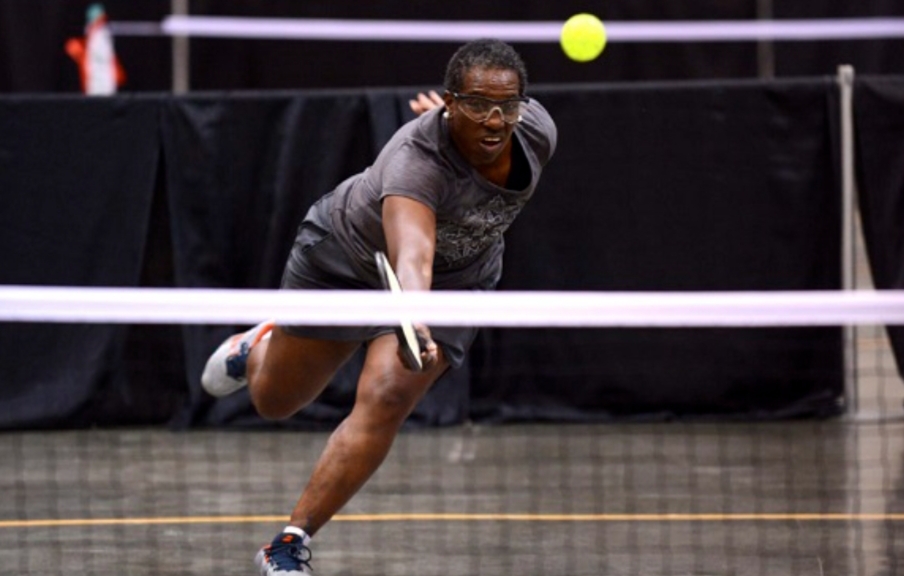
We all know that participating in sports is a healthy choice, but most of us know that it will require months of hospitalization or the use of a wheelchair, which is why we choose to do so. But if you’re really into the sport and want to know what the most common injuries are and how to avoid them, read all the answers.
Some of us may make the varsity team, while others may still struggle to have fun in the backyard. However, most sports injuries are caused by a lack of warm-up exercises and stretching.
What are the Most Common sports injuries?
Sports injuries usually occur while playing sports, but many “sports injuries” can also be caused by car accidents, arguments, time at the gym, or work. An athlete’s risk of injury can depend on the sport itself; for example, soccer players suffer concussions much more than tennis players.
In addition to the fact that sports injuries primarily affect athletes, as sports injuries become more and more common and less common, it is essential to know that there are risk factors for sports injuries. People at higher risk include inactive people and those who have not warmed up properly before engaging in physical activity. People participating in contact sports are also more likely to sustain injuries.
-
Runner’s Knee
Knee injuries are one of the most common sports injuries treated by orthopedic surgeons. Regularly changing your running shoes and insoles is one of the best preventive measures. After an injury, avoid exercise for a few days and take anti-inflammatory medications.
-
Shoulder Injury
Shoulder injuries are common in many sports. The best prevention is proper stretching before exercise. Again, taking breaks and using anti-inflammatory medications are effective treatments.
-
Achilles Tendonitis
Overusing the back of the ankle (Achilles tendon) can cause severe inflammation and pain. Exercises and stretches that strengthen the calf muscles can help prevent this injury. If injured, use RICE (Rest, Cool, Compress, Elevate) and anti-inflammatory medications. It is best to wait until you are completely healed before exercising.
-
Concussion
A blow to the head usually causes this injury, causing symptoms such as disorientation and dizziness. Our best prevention advice is to avoid all contact sports. Recovery requires time and rest, as well as taking acetaminophen.
-
Ankle Sprain
Ankle sprains are common in sports involving running and quick turns. To prevent it, the ankle should be strengthened as much as possible. Treat with RICE, an anti-inflammatory, and try moving your ankles to help with circulation.
-
Tennis Elbow
Elbow injuries account for approximately 7% of sports injuries. Again, increased exercise is the best prevention and treatment with RICE, physical therapy, and anti-inflammatory agents.
-
Shin Splint
Shin splints are caused by inflammation of the muscles lining the shin. Apply ice to the injury, stretch, and take anti-inflammatory medications. Wearing good shoes and stretching is the best prevention.
-
Back Pain
Various sports activities can cause back pain. A proper warm-up is best for prevention and treatment with anti-inflammatory drugs, RICE, and thorough stretching.
How to prevent sports injuries?
Here are some basic steps to prevent sports injuries:
- Create a fitness plan that includes cardio, strength training, and flexibility. It helps reduce the risk of injury.
- Take turns training different muscle groups and train every other day.
- Cool down properly after training or playing sports. It would help if you twice had twice as much time for warm-ups as does.
- Drink enough water to prevent dehydration, heat stroke, and heat stroke.
- Stretching exercises improve muscle contraction and performance and reduce the risk of injury.
- Each stretch should be started slowly until the muscle reaches the point of tension.
- Try holding each stretch for up to 20 seconds. Stretching should not be painful.
- Use the proper gear, wear shoes that provide support, and address specific foot problems that can lead to injury.
- Learn the correct technique to practice your sport.
- Rest when you are tired. Avoid exercise when you are tired or in pain. Always take your time and perform a full range of motion with each rep when doing strength training.
- If you have a sports injury, get proper rehabilitation before resuming strenuous activity.
Physical therapy generally helps joints move more smoothly. Once the discomfort subsides, do a mobility test to identify problem areas, such as your back and hips, that need extra work to improve your form. Physical therapists can assist in the healing process by providing a holistic therapeutic approach that heals the injury and improves the body’s mechanics for future activity. Physical therapy relieves pain and helps you achieve the Peak Physical Potential after the program. Patients who use physical therapy to treat sports injuries also get the most significant benefit from exercise performance.
Summing Up,
Physical therapy aims to strengthen muscles and increase flexibility to return the athlete to normal levels of independence and activity. Your treatment will depend on your injury, condition, and overall health and well-being. Your physical therapist will work with you to restore your mobility and competitiveness. We design a personalized treatment that aims for a faster recovery.
